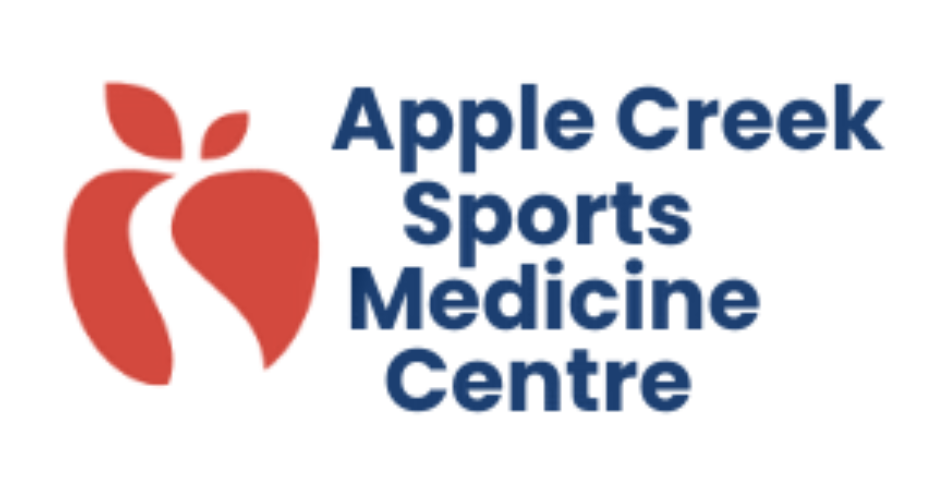Do you understand your auto insurance coverage?
Auto insurance rules and laws in Ontario are some of the most complex in Canada and can be extremely confusing, especially if you were just involved in a motor vehicle accident (MVA).
By law, if you operate a motor vehicle you must possess valid auto insurance in order to protect yourself, anyone in your vehicle and any others affected by the accident. This insurance can then be used to help assist a claimant (person in the accident) with financial burdens due to the accident. These typically would be cost of repairs/replacement, property damage and personal injury.
In this post, I will focus on the personal injury aspect of motor vehicle accident insurance.
As of June 1, 2016, some of the benefits and coverages have changed but the overall basics of motor vehicle insurance coverages have remained the same.
The overwhelming majority of motor vehicle claimants will fit in to what is called the Minor injury guide or MIG. A much smaller percentage will fit in to the catastrophic category and another small percentage will fit within the Non-Catastrophic classification.
As noted, the overwhelming majority will fit in the MIG classification. This classification provides claimants with automatic coverage immediately (after completion of standard paperwork) following the accident and provides the claimant with $3500 worth of coverage. The MIG classification breaks down the treatment in to specific blocks as follows
Initial Assessment $215
Block 1 (weeks 1-4) $775
Block 2(weeks 5-8) $500
Block 3 (weeks 9-12) $225
Supplemental goods and services $400
Outcome Summary and Discharge $85
Further treatment as needed $1300
Upon completion of the blocks and further treatment funds, further funds can be applied for but are not necessarily or commonly made available.
Catastrophic injuries, are rare and reserved for those instances where major life altering traumas are sustained with significant lingering affects. These cases are determined on a case by case basis and at times need to go through legal channels to be determined.
Non-Catastrophic cases, are essentially a grey zone. They are cases in which a claimant has not suffered a catastrophic injury, but has suffered an injury which is not believed to be able to be treated within the scope of the MIG. Such cases are often decided in discussion with a health care professional and an insurance claims adjuster and may be related to but not limited to such things as previous health conditions, extent of the injury, fractures, surgeries resulting from the MVA, psycho-emotional issues, and so on. Again these situations are taken as a case by case situation, however, if approved there claimants are entitled to up to $50,000 for treatment and medical expenses.
What makes things even more complicated is that in Ontario, claimants (those who were injured in the MVA) that are covered by Extended Health Care (EHC) insurance, must use that insurance first. The advantage to this is that it can also increase the total dollar amount available to the claimant, as they will have access to their EHC and then the auto insurance. This is also beneficial for those who may have partial coverage through extended health care, as the EHC will cover the percentage defined in the extended health care policy and the auto insurance will cover the rest.
So, if a claimant is considered to be within the MIG they have $3500 in coverage however if they also have coverage through their EHC at 100% for $500 they will then have a total of $4000 in coverage.
Should they have $500 coverage at 80%, they will also have $4000 coverage total as the auto insurance will make up the difference of the 20%
Things can get more complicated if a claimant is covered under multiple EHC policies such as a spouse’s policy as well as their own, or covered under policies from multiple parents. In this case, the primary policy (the one the claimant is covered under themselves) must be exhausted, then the secondary EHC policy (spouse, other parent) must be exhausted, and then anything after this would be covered by the Auto insurance.
If recovery occurs over 2 extended health care policy years, then benefits would be used from the first year, and then again from the second year before the MVA benefits kick in.
Due to all the complexities involved with coverage from a motor vehicle injury, at Apple Creek, Jenn Silva, our Clinic Operations Manager will help you navigate through the complexities of coverage to help the therapists get you back to optimal health.
If you have any questions or concerns about motor vehicle accident insurance or any other injury or rehabilitation questions, please contact us at:
905-475-0484
jennifer@applecreeksports.com
